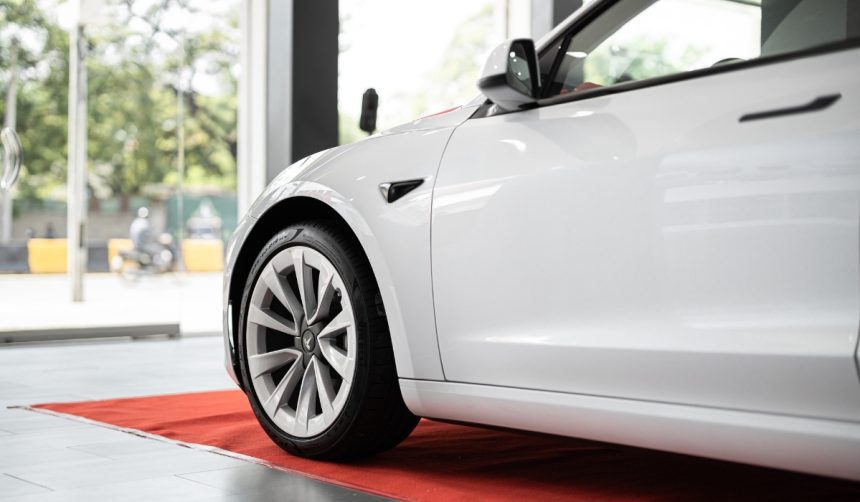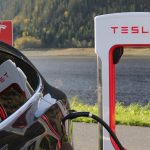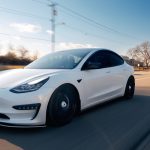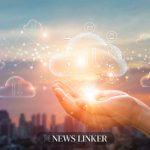In a statement that signals optimism for the future of autonomous vehicles, Tesla CEO Elon Musk has predicted that the company’s self-driving technology could reach widespread adoption at an unprecedented pace. With software updates capable of unlocking autonomy across millions of existing Tesla vehicles, the company is positioned to leverage its established hardware and growing Robotaxi service area. Many industry observers have watched Tesla’s moves closely, as expansion and technological developments unfold in quick succession. Interest in safe and efficient city mobility has never been higher, intensifying the spotlight on companies that push boundaries in the autonomous space.
Reports over the last year have followed ongoing advances in Tesla’s Full Self-Driving (FSD) technology and its incremental deployments in restricted zones. Earlier news described more cautious expansion strategies and noted tighter operational geofences for both Tesla and competitors like Waymo. Recent updates, however, highlight Tesla’s faster scaling intentions and the larger geographic reach achieved in a short time, a shift from their previous tactical pace.
How is Tesla progressing with self-driving adoption?
Musk’s remarks surfaced in response to a comparison of geofenced areas between Tesla’s Robotaxi network and Waymo’s coverage. The map demonstrated that Tesla’s Austin geofence now surpasses Waymo’s operating area significantly. Speaking to this rapid growth and the technology’s future impact, Musk asserted,
Tesla autonomous driving might spread faster than any technology ever.
He added that much of the necessary groundwork for autonomy is already set, and
The hardware foundations have been laid for such a long time that a software update enables self-driving for millions of pre-existing cars in a short period of time.
What impact does the Austin Robotaxi expansion have?
Tesla has expanded its Austin Robotaxi service area to 243 square miles, almost three times larger than its coverage two months ago. This move outdistances Waymo’s local network, which has maintained a service footprint of approximately 90 square miles. The Austin growth represents Tesla’s continuing focus on dominance in the autonomous ride-hailing sector, seeking to demonstrate the scalability and reliability of its platform.
Could Tesla move ahead of competitors in autonomous services?
As the competition between Tesla and other companies like Waymo intensifies, attention is centering on who will deploy autonomous vehicles at scale first. Tesla’s model relies on widespread hardware already in customer vehicles, positioning a software update as a potential trigger for immediate, extensive self-driving capability. While current Robotaxi operations in Austin and the Bay Area maintain safety monitors, Tesla plans suggest more autonomous launches are on the horizon.
Tesla’s rapid expansion of its Robotaxi service area and Musk’s assertion of a swift rollout stand in contrast to more incremental approaches seen by others in the field. While high expectations can set challenging benchmarks, Tesla’s vast installed base and commitment to over-the-air software updates give them a tangible advantage. It remains important for consumers and industry watchers to observe regulatory developments and safety outcomes as this technology scales up. For those interested in autonomous vehicles, keeping an eye on both hardware readiness and real-world performance data will provide practical insight into the coming era of city transportation.










